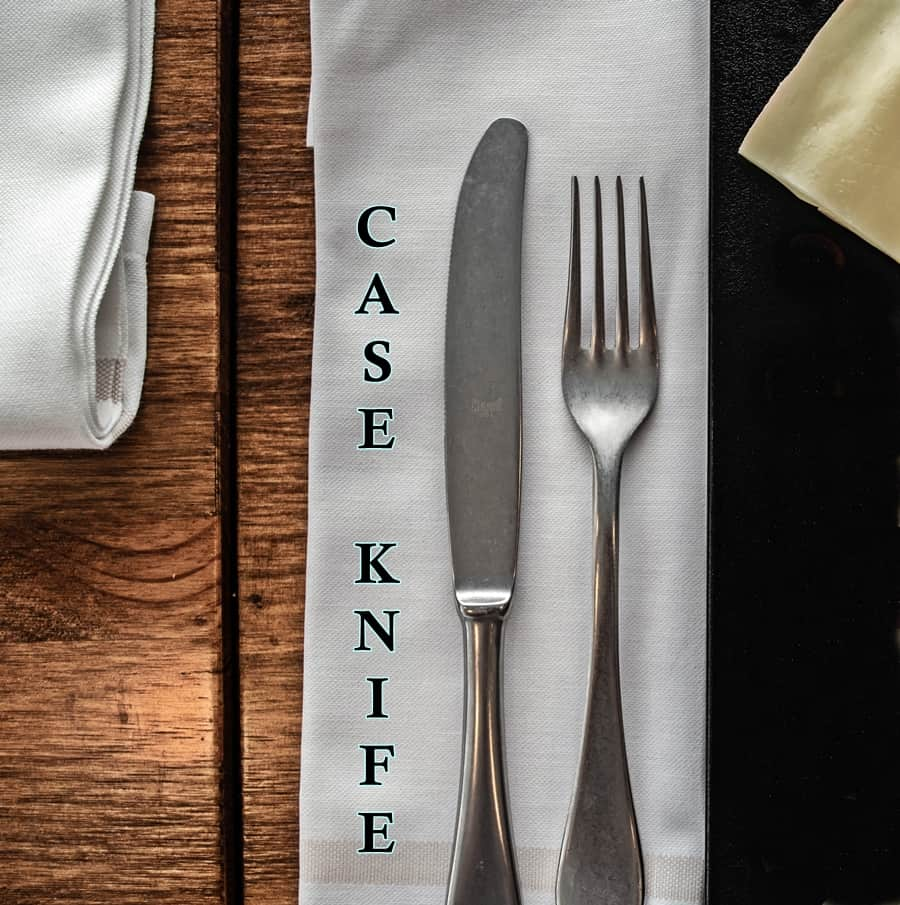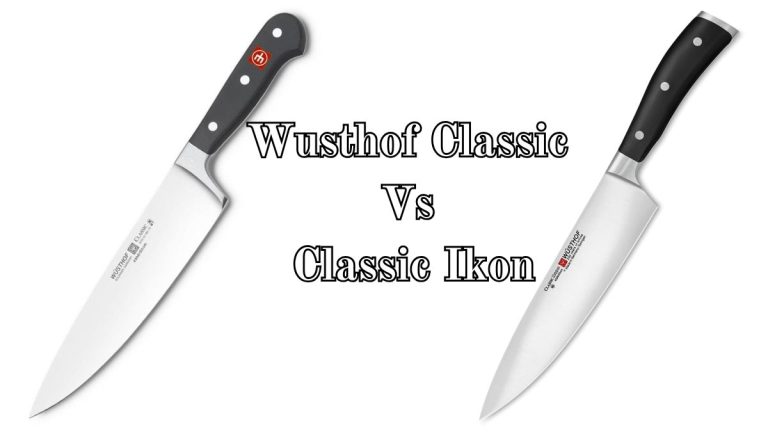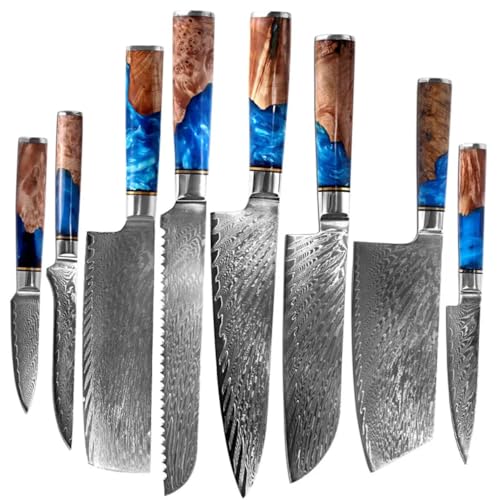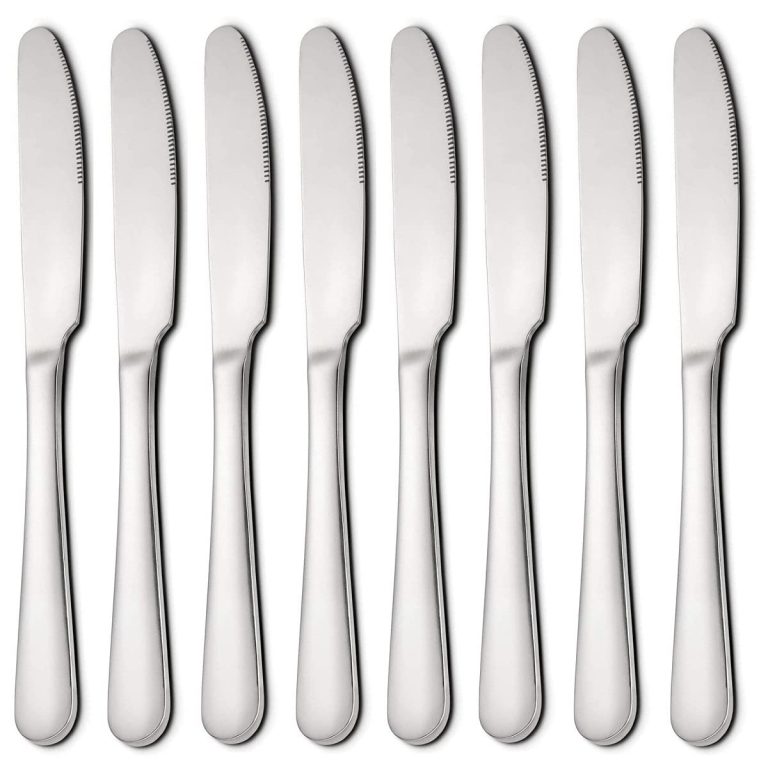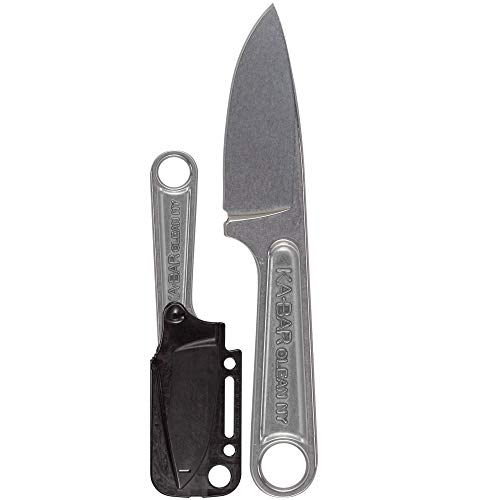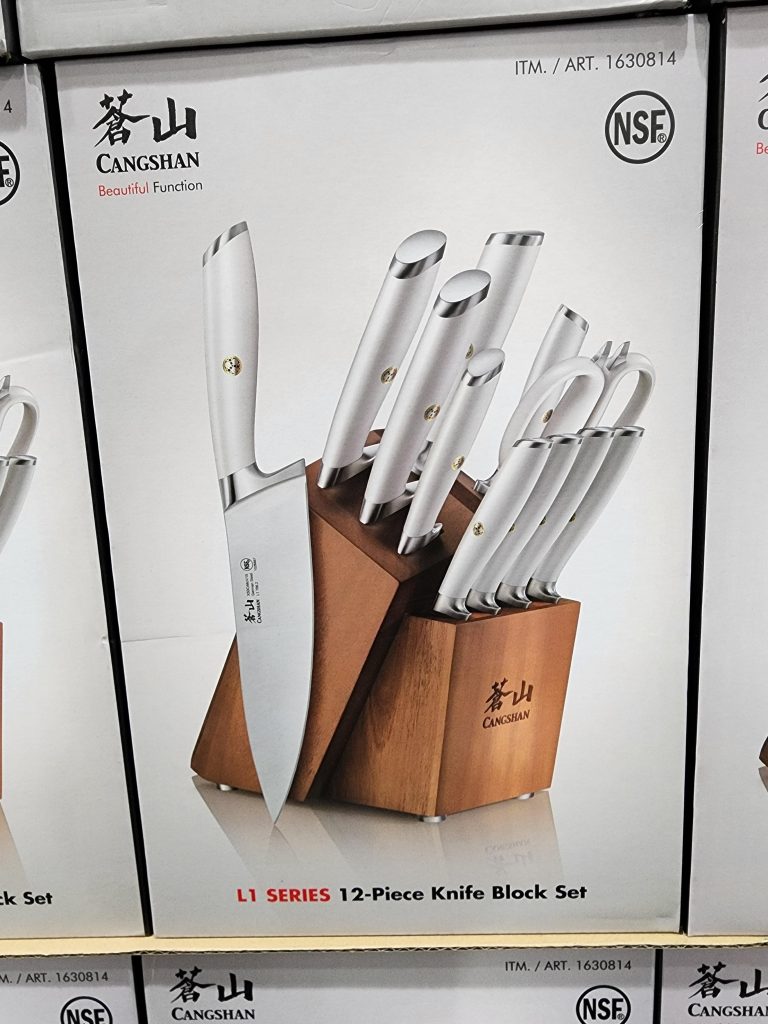Case Knife Vs Butter Knife: The Ultimate Kitchen Tool Showdown
Choosing the right knife can enhance your kitchen experience. Case knives and butter knives serve different purposes and offer unique benefits.
Comparing a case knife to a butter knife helps you understand their distinct uses. A case knife, often used for more precise cutting tasks, contrasts with the butter knife, designed for spreading and light cutting. Knowing the differences can aid in selecting the right tool for your needs.
This comparison will help you decide which knife fits best in your kitchen. Understanding each knife’s function will improve your cooking and meal prep efficiency. Read on to explore the specifics of case knives and butter knives, and determine which one suits your kitchen tasks best.
Case Knife Basics
A case knife is a versatile tool found in many kitchens. It has unique features and common uses that make it different from other knives, such as a butter knife. Understanding the basics of a case knife can help you use it more effectively.
Design And Features
Case knives typically have a sturdy blade. The blade is sharp and pointed, ideal for cutting and slicing. The handle is comfortable to grip, ensuring safety during use. Some case knives have serrated edges, making them perfect for cutting through tough materials.
Here are some key features of case knives:
- Sharp, pointed blade
- Ergonomic handle
- Serrated or smooth edges
Common Uses
Case knives are used for a variety of tasks. They are great for cutting fruits and vegetables. You can also use them for slicing bread or meat. Their versatility makes them a must-have in any kitchen.
Here are some common uses of case knives:
- Cutting fruits and vegetables
- Slicing bread
- Preparing meat
In summary, a case knife is a valuable kitchen tool with many uses. Its design and features make it versatile and efficient for various tasks.
Butter Knife Basics
Butter knives are simple yet essential tools in every kitchen. They are designed specifically for spreading butter or other soft spreads. Understanding their design and features helps in appreciating their common uses.
Design And Features
Butter knives typically have a blunt edge. This design prevents the knife from cutting through the bread. The blade is usually flat and wide, making it ideal for spreading.
Most butter knives are made from stainless steel. This ensures durability and resistance to rust. Some models also have decorative handles, adding a touch of elegance to your dining table.
| Feature | Description |
|---|---|
| Blade Edge | Blunt |
| Blade Shape | Flat and wide |
| Material | Stainless steel |
| Handle | Decorative or simple |
Common Uses
Butter knives are not just for butter. They can spread jam, cream cheese, and other soft spreads. Their blunt edge makes them safe for children to use.
- Spreading butter on bread or toast
- Applying jam or jelly
- Spreading cream cheese on bagels
- Safe for children to use
In summary, the butter knife is a versatile and safe kitchen tool. It excels in spreading various soft foods, making it a must-have in any household.
Performance Comparison
Choosing between a case knife and a butter knife can be tricky. Each has unique features. Their performance varies in different scenarios. Let’s dive into the specifics of their performance. We’ll compare their sharpness, precision, and versatility.
Sharpness And Precision
Case knives are designed for sharpness. They feature a fine edge. This makes them ideal for cutting tasks. They can slice through tough materials. For example, vegetables, meats, and even ropes.
Butter knives, on the other hand, have a dull edge. They are not meant for cutting tough items. Their primary use is to spread butter. Or other soft spreads like jam and cream cheese.
Here’s a quick comparison of their sharpness and precision:
| Feature | Case Knife | Butter Knife |
|---|---|---|
| Edge | Sharp | Dull |
| Precision | High | Low |
| Suitable for Cutting | Yes | No |
Versatility
Case knives are versatile tools. They can be used in many tasks. These include cooking and outdoor activities. They can cut, slice, and carve with ease.
Butter knives are limited in their use. Their main role is spreading. They are perfect for breakfast tables. Spreading butter, jam, or peanut butter is their primary function.
Let’s see their versatility at a glance:
- Case Knife: Cutting, slicing, carving
- Butter Knife: Spreading soft spreads
In summary, case knives excel in sharpness and versatility. Butter knives are designed for spreading tasks. Choose based on your needs.
Material And Durability
Choosing the right knife for your kitchen can be challenging. Especially when comparing a Case Knife with a Butter Knife. Understanding their materials and durability helps in making an informed decision. Let’s explore these aspects further.
Types Of Materials
Both Case Knives and Butter Knives come in various materials. The most common ones include stainless steel, carbon steel, and ceramic.
- Stainless Steel: Known for its rust resistance and durability.
- Carbon Steel: Offers sharpness but can rust if not maintained properly.
- Ceramic: Lightweight and sharp but can chip easily.
Case Knives often use high-quality stainless steel or carbon steel. This ensures long-lasting sharpness and durability. Butter Knives, on the other hand, are usually made from stainless steel or plastic. This makes them less durable but sufficient for spreading butter.
Longevity And Maintenance
Maintenance plays a crucial role in the longevity of any knife. Let’s compare the longevity and maintenance needs of Case Knives and Butter Knives.
| Type of Knife | Longevity | Maintenance |
|---|---|---|
| Case Knife | High, with proper care | Requires regular sharpening and cleaning |
| Butter Knife | Moderate | Minimal, mainly cleaning |
Case Knives require regular sharpening to maintain their edge. They also need to be cleaned and dried properly to prevent rust, especially if made from carbon steel. Butter Knives, due to their simple use, need minimal maintenance. Cleaning them after use is usually enough.
In summary, understanding the materials and maintenance needs helps in choosing the right knife for your needs. Case Knives offer durability and sharpness but need more care. Butter Knives are easier to maintain but less durable.
Safety Considerations
When comparing a case knife and a butter knife, safety is a crucial factor. Users must understand how to handle each type of knife properly to prevent accidents. This section will explore the safety considerations associated with both knives.
Handling And Grip
Case knives require a firm grip. They often have a sharp edge, making them more dangerous. Users should hold the knife with a secure grip to avoid slips. Butter knives have a dull edge, reducing the risk of cuts. They are easier to handle due to their simpler design. A butter knife usually requires less pressure to use. This makes it safer for children and beginners.
Risk Of Injury
Case knives pose a higher risk of injury. Their sharp blade can cause deep cuts. Users must be cautious and aware of their movements. Butter knives are safer because of their blunt edge. They are less likely to cause serious injuries. Even if mishandled, the risk of severe cuts is minimal. This makes butter knives more suitable for everyday use.

Credit: www.reddit.com
Cost And Accessibility
When choosing between a case knife and a butter knife, cost and accessibility are key factors. Understanding the price range and availability of these knives can help you make an informed decision. Let’s dive deeper into these aspects.
Price Range
Case knives often come with a higher price tag. Their durable materials and craftsmanship justify this cost. A typical case knife can range from $30 to over $100. This depends on the brand, materials, and design.
Butter knives are generally more affordable. They usually cost between $1 and $10. You can find them in sets or individually. This makes them accessible to most households.
Availability
Case knives are available in specialty stores and online. You might need to visit outdoor or hardware stores to find them. They are less common in regular supermarkets.
Butter knives are widely available. You can find them in almost any store. Supermarkets, online shops, and kitchenware stores stock them. They are easy to find and purchase.
User Preferences
Choosing between a case knife and a butter knife depends on user preferences. Each type of knife has its unique benefits. Both professional chefs and home cooks have their opinions. These opinions can help you decide which knife to use.
Chef Opinions
Chefs often prefer case knives. These knives are versatile. They can handle a variety of tasks. From cutting meat to slicing vegetables. The sharp blade ensures clean cuts. This is essential in a professional kitchen. Many chefs believe a case knife is a must-have tool.
Butter knives, on the other hand, have limited use. Chefs use them mainly for spreading. They are not ideal for cutting tasks. The blunt edge makes precision difficult. For this reason, chefs often favor case knives.
Home Cook Feedback
Home cooks have different needs. Many enjoy using butter knives for spreading. Butter knives are perfect for soft foods. They are great for butter, jam, and soft cheeses. The blunt edge is safe for children to use.
Some home cooks appreciate the versatility of case knives. These knives are handy for various kitchen tasks. Slicing fruits, cutting sandwiches, and more. The sharp edge makes these tasks quick and easy. Both knives have their place in a home kitchen.
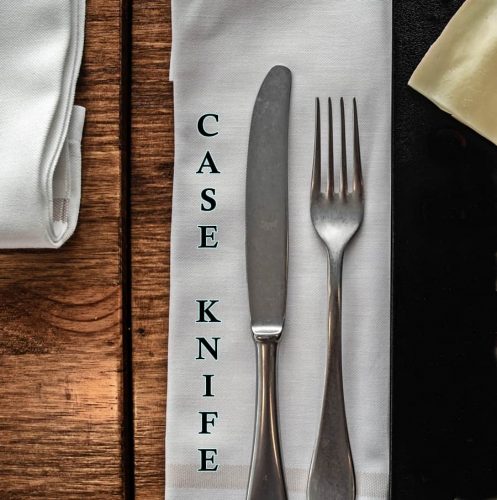
Credit: blindpigandtheacorn.com
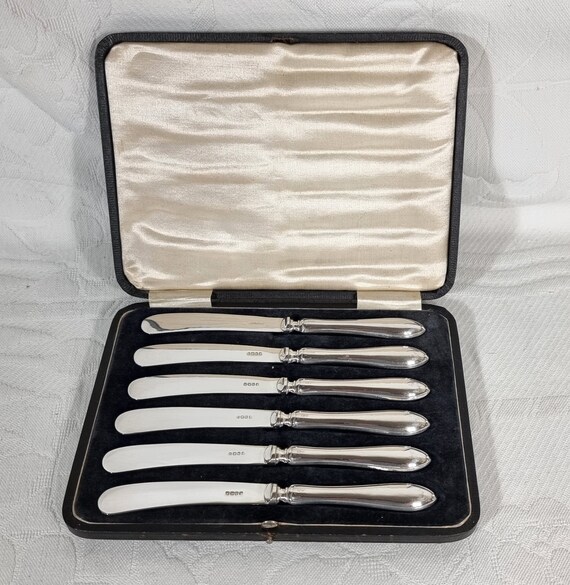
Credit: www.etsy.com
Frequently Asked Questions
What Is A Case Knife Used For?
A case knife is primarily used for cutting and slicing food. It has a sharp edge, ideal for precise tasks.
Can A Butter Knife Cut Food?
A butter knife can spread and cut soft foods like butter and cheese. It has a blunt edge.
What Are The Differences Between Case And Butter Knives?
Case knives have sharp edges for cutting, while butter knives have blunt edges for spreading. They serve different purposes.
Are Case Knives Safe For Children?
Case knives are not safe for children due to their sharp edges. Butter knives are safer for kids.
Conclusion
Choosing the right knife depends on your needs. Case knives excel in durability and precision. They handle tough tasks effortlessly. Butter knives, on the other hand, are perfect for spreading. They offer a safe, easy experience for everyday use. Both have their unique strengths.
Understanding these differences helps in selecting the best tool for your kitchen. Whether cutting or spreading, pick the knife that suits your task best. Happy cooking!

